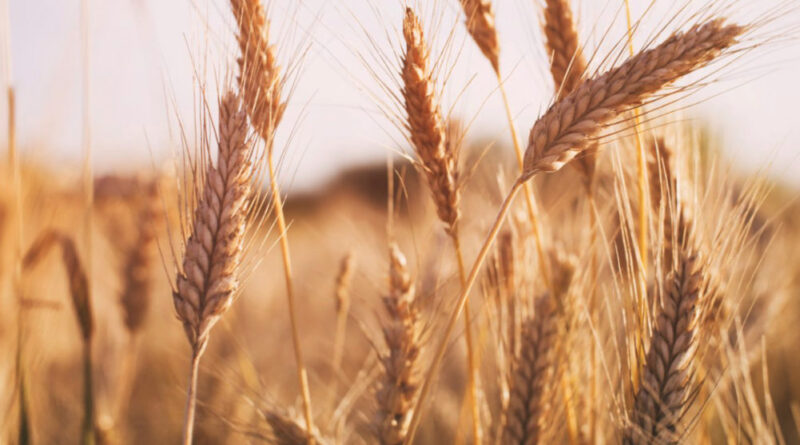Wheat stocks fall to lowest since 2008
By Sandip Das
Wheat stocks in the central pool held by the Food Corporation of India (FCI) and state agencies dipped to 30.09 million tonne (MT) at the beginning of this month, the lowest level since 2008, causing fears about another spurt in wheat prices.
However, the food ministry officials said the grain stock would be sufficient to carry out open market sales if wheat prices start flare up in coming months. They also reckon the stocks may still be sufficient to meet the requirement of grains under Pradhan Mantri Garib Kalyana Anna Yojana (PMGKAY).
The current wheat stock are above the buffer of 27.58 MT for July 1. In 2008, wheat stocks were only 24.12 MT on June 1. Annually, the government needs 18.4 MT of grain for social welfare schemes, including the free ration scheme – PMGKAY
In FY24, the FCI had sold a record 10 MT of wheat to bulk buyers at tame prices. Inflation in wheat has been relatively stable with inflation in April, 2024 was reported 6.02% on year.
Officials said while the government is keeping a close watch on market prices of wheat, it has projected procurement of around 27 MT in the 2024-25 marketing season (April-June), against a target of 30-31 MT at the beginning of the season. Till June 1, wheat purchases by agencies have crossed 26.5 MT against 26.19 MT in the 2023-24 season and purchase operations are still on in Rajasthan and Uttar Pradesh.
The government has projected a wheat output of a record 112 MT in 2023-24 crop years (July-June).
However, rice stocks at the central pool as on June 1 was 31.98 MT. Effectively, FCI holds 50.08 million tonne (MT) — including 18.12 MT of grain receivable from millers, four times above the buffer of 13.54 MT for July 1.
Sources told FE that the government has to work out means to dispose of surplus rice so that storage space for the next paddy procurement season 2024-25 (October-September) could be created.
Officials said the government will assess the sowing of kharif paddy—expected to commence this month before taking a call on removing curbs on shipments. “We need to look at lifting restrictions on rice shipments as kharif crop prospects look bright,” an official said.
Last year, the government had initially banned white rice exports and subsequently imposed 20% shipment duty on parboiled rice to improve domestic supplies.
While retail prices of rice rose by 12.51% on year in April, the price rise is expected to soften in the next few months due to higher base effect. The inflation in rice prices has been in double digits since October 2022.
Last month, India Meteorological Department in its second advance long range forecast reiterated its earlier forecast of ‘above normal’ monsoon rainfall at 106% of benchmark average during June-September this year with 92% chances of the rains being in the “normal-to-excess” range. This is expected to give a boost to kharif crops – paddy, pulses, sugarcane and oilseeds sowing.
This article has been republished from The Financial Express.

